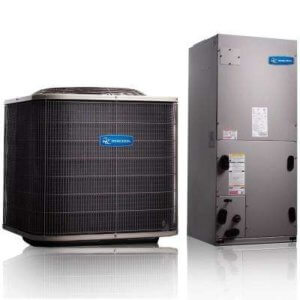
Being a real estate agent and a small-time real estate investor, not only do I closely watch localized trends, but also pay attention to National trends. I pay attention to articles about things that can impact the housing market, and I try to interpret how they will trickle down to my local market. Lately I have began seeing comparisons of home prices at the peak of our last boom compared to now, as an analytical point to understand where we are in our “expansion” cycle.
The general consensus of these articles is that we are on par with home prices in 2007. However, there are a couple of sticking points with this train of thought in my opinion.
First, this does not take inflation into account. While it has only been 10 years; with an average inflation rate of about 2.25% over the past 10 years, current prices are (arguably) about 21.75% higher than prices in 2007 according to the Bureau of Labor Statistics Consumer Price Index. I would interpret that to mean that a $100,000 home in 2007 would be $122,000 today not considering other Market factors, which these other analyses are also not considering. All things being equal, this should mean that prices are about 22% less today than they were in 2007, (assuming actual dollar amounts are similar) and that’s a big number.
Second, it does not consider difference in interest rates. Speaking in generalities, 30 year rates are about a full point less today than they were in 2007. While 1% doesn’t seem like much, if you take an average sales price of around $350,000, that can equate to $3,500 is a year in interest at the beginning stages of a loan. That’s almost $300 a month.
Third, if history repeats itself, that would indicate that we are about halfway through our expansion cycle, not at the end of the supply cycle. Based on local indicators, this would seemed accurate. Supply is still low, construction is underway. Usually the phase that follows expansion is high supply or oversupply. While construction costs seem to be keeping construction rates at bay, it wouldn’t be far-fetched to believe that things could pick up substantially and create an oversupply in two years’ time. if we aren’t careful.
In short, I truly believe that while we will experience a housing adjustment in the future, (not necessarily the near future) but also that it will not be as deep or have as much impact as the historic, most recent recession. I also believe that a recession will be followed by a period of expansion, and the thought process will repeat itself time and again as it has in the past. Until then, I’ll continue to read articles about National trends and take them with a grain of salt, then come to my own conclusions based on facts, data, historic data and my own experience despite how accurate or inaccurate they may be.


 You’ll probably find a video in the coming weeks with respect to heat pumps in our climate, I’ve just installed one. One can assume that probably means that they do work in our climate, otherwise I wouldn’t have installed one. The real answer is, pretty much. With that said, read on for details.
You’ll probably find a video in the coming weeks with respect to heat pumps in our climate, I’ve just installed one. One can assume that probably means that they do work in our climate, otherwise I wouldn’t have installed one. The real answer is, pretty much. With that said, read on for details.